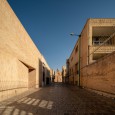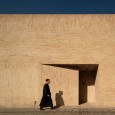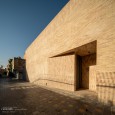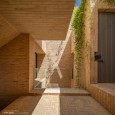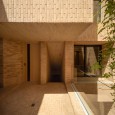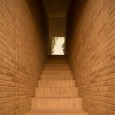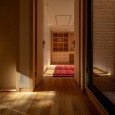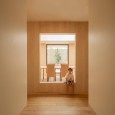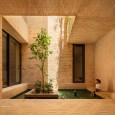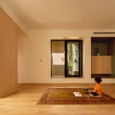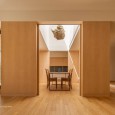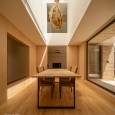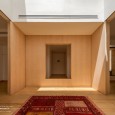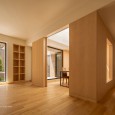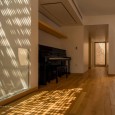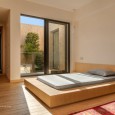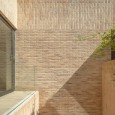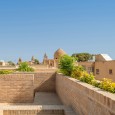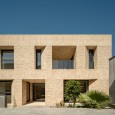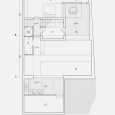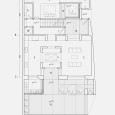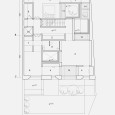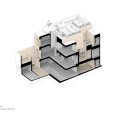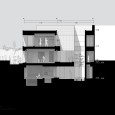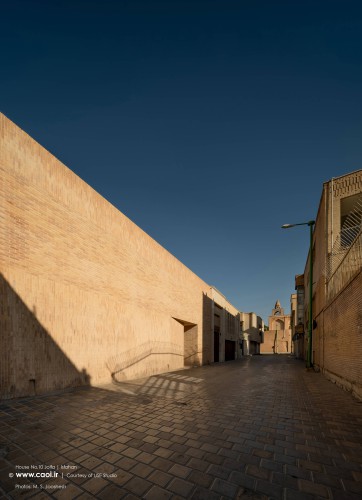Description
House No. 10 is located in "Jolfa Neighborhood" in the immediate vicinity of Vank Church, a place that was designated 400 years ago by the decree of Shah Abbas Safavi, to be the place of settlement of Armenians who moved to Isfahan on the other side of Zayandehroud River. Vank Cathedral, Maryam Church, Bethlhem and Jolfa Square and historical houses, are permanent signs of the architecture and way of life at that time.
Jolfa Armenians, as one of the most important arms of the economic reforms of Shah Abbas, (who played an important role in the silk trade), do not constitute the majority of the residents of this neighborhood today, because on one hand, a significant population of Armenians has migrated and On the other hand, according to the location and tourism potential of this neighborhood, many spaces have been converted into cafes and restaurants, this neighborhood has become a space for citizens and tourists to spend their free time. During this process, day by day, the "home" and permanent residents who lived in this neighborhood on a daily basis have been reduced and commercial and tourism spaces have been added.
Despite the fact that the creation of public spaces and tourism infrastructure has many positive points for the city, but this flow has negative consequences when it continues without planning. One of its most important consequences is the loss of "social context", which is realized by removing permanent residents and daily life from this context. This issue is important from the point of view that the structure of Isfahan develops over time, relying on the formation of neighborhoods. Neighborhoods, as the cores of this structure, are formed and multiplied from a part to a whole. Therefore, "home and permanent daily life of people" can be considered as its main genome, which can achieve sustainable development by maintaining and updating it. Now the question is how "home" and the subject of residence, as the most important components of the city, can be effective in the physical, social and cultural changes of the context.
The yard as an answer
According to Isfahan architecture and urban planning rules, even in historical areas, construction is only allowed in the northern 60% of the block, by the same rules, the windows can only be located higher than 175 cm above the floor level in all facades except for the south front; to avoid overlooking the neighbors. Since creating an opening with these specifications is only to the extent of meeting the needs and does not lead to the creation of spatial quality, lighting and proper ventilation, in this design we took help from the yard, as one of the most important elements of Iranian architecture, locating an empty space, in the northeast part of the land, makes it possible to benefit from the proper quality of light and ventilation in all three levels of the house. In this way, not only all the spaces inside are connected with the outside, also according to the way this space is organized in three dimensions, the architecture itself has become an interior landscape.
"Home"
This project tries to look at "house" not only as a type of architecture, but as a part of us and our daily life, which beyond any place, explains our relationship with ourselves, others and the world around us. With a brief glance at the history of contemporary architecture, it can be seen that during the past few decades, our distance from the meaning of "home" has increased. Certainly, today's economic factors are playing a role on this result, but the question is whether today's "home" paradigm in Iran is only a result of economic conditions? Or is it the change in our belief in a concept called "home" that has caused this situation? It can be said that the interaction of these factors has created a process that has made us further away from the meaning and concept of "home" day by day.
The concept of "home" in Iran and the world has undergone many changes during the past few decades due to many factors, but it can be said that in Iran, the turning point of these changes is in the seventies, where due to the increase in the population of cities on one hand and the increase in oil income and the wrong policies of the governments, "house" has become a useful commodity for investment, which since the nineties, the bureaucratization of this flow by the ruling system, has made "house" the most important investment field. The fact that "house" in historical periods is formed as a result of human will and awareness with multiple layers of meaning, turns into such a superficial and single-layered meaning (goods for investment), is definitely a complicated issue. But for us, in the process of designing "House No. 10 Jolfa", there is an opportunity to search for a deeper meaning than "house", so this project is trying to become a place to restore the lost peace of its residence. Can reclaiming a contemporary meaning of the concept of “house” provide a better space for living and resilience for humans in this harsh geography and in the face of cultural, social and political issues.
Brick
Most of the buildings around this house, from Vanak Church (1664 AD) and Safavid houses to new houses, are all made of bricks, so for us as a new member in this place, it was important to be able to harmonize ourselves with the surroundings. and neighbors, and not to create distinction and pride. This house does not want to look luxurious and shiny and full of excitement from the outside, this excitement and vitality flows only from the life inside the neighborhood.

